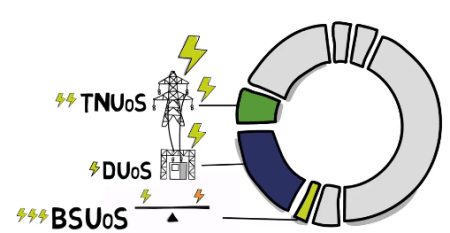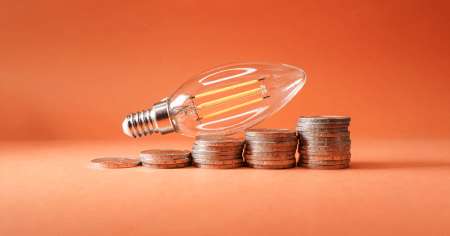
EDF Energy wins place on the CCS DSR framework
Demand Side Response (DSR): Unlock cash saving potential within your organisation
EDF Energy has been awarded a place on the Crown Commercial Service’s Demand Side Response (DSR) Framework. Building upon the HH electricity supply contract we have with CCS, this will allow us to collectively respond to the changing needs of our public sector customers over and above electricity supply. The initiative enables UK public sector organisations to save money by helping them to better control their energy use and reduce consumption.
So, what exactly is DSR?
DSR is an innovative way of meeting energy needs by financially incentivising consumers to lower their electricity use at peak times. Consumers (the ‘demand-side’) commit to reducing or shifting their energy consumption when UK electricity demand from the Grid threatens to exceed supply (‘demand-side response’).
At times of substantial demand, a signal would be sent to DSR enabled locations, who respond by avoiding peak times, reducing or shifting their energy when there’s a sudden surge. For instance, a hospital could switch to back-up generators or an office block may turn down its chillers.
So how do you go about it?
There are many schemes and many ways to get involved but here are the key steps towards becoming Demand Side Response enabled. EDF Energy acts as aggregator for DSR so we have experts who can support you each step of the way.
- Assess
The first step is to analyse your current electricity use and understand how suitable your organisation is.
What are your demand patterns?
What assets do you have? Flexible assets might include HVAC, Refrigeration, Cold Storage, Water heating, pumps, compressed air, etc.
Do you have backup generation?
Once we have this insight, we can identify where your DSR potential is and what scheme is right for you. Our newly established DSR Proofing Tool which will provide an enhanced analysis of your consumption data.
- Identify your Demand Side Response barriers
Your whole organisation needs to embrace Demand Side Response, from senior board members down to frontline staff. This can often be a barrier for many organisations as stakeholders fear disruption to their operations or customers. So test it. Many users test DSR on one or a small group of sites first. They then use the results to calculate the revenue benefit and provide the reassurance to key stakeholders that there’s no loss of control, interruption to operations or impact to customers.
- Get enabled
At this point you’ve assessed the DSR feasibility and identified where you want to flex. You’ll sign contracts with us based on site assessments and financial proposals we provide. The technology is installed and you’re ready to go. It can take between 6-8 weeks to get to this step.
- Stay ahead
Once you see the financial benefits, you may decide to commit further assets or rollout to further sites. Once you’re participating there’s only ever more ways to flex and earn revenue.
The new normal
DSR is about being flexible and managing your energy intelligently. There’s little or no upfront cost and you control how much you want to flex. It will play a vital role in balancing the system in 2017 and beyond. In other words, it’s here to stay.
Want to know more? Our energy experts can help you scope our your energy saving potential in your existing assets. Contact us on 0800 056 2664
The Crown Commercial Service (CCS) supports the public sector to achieve maximum commercial value when procuring common goods and services.


